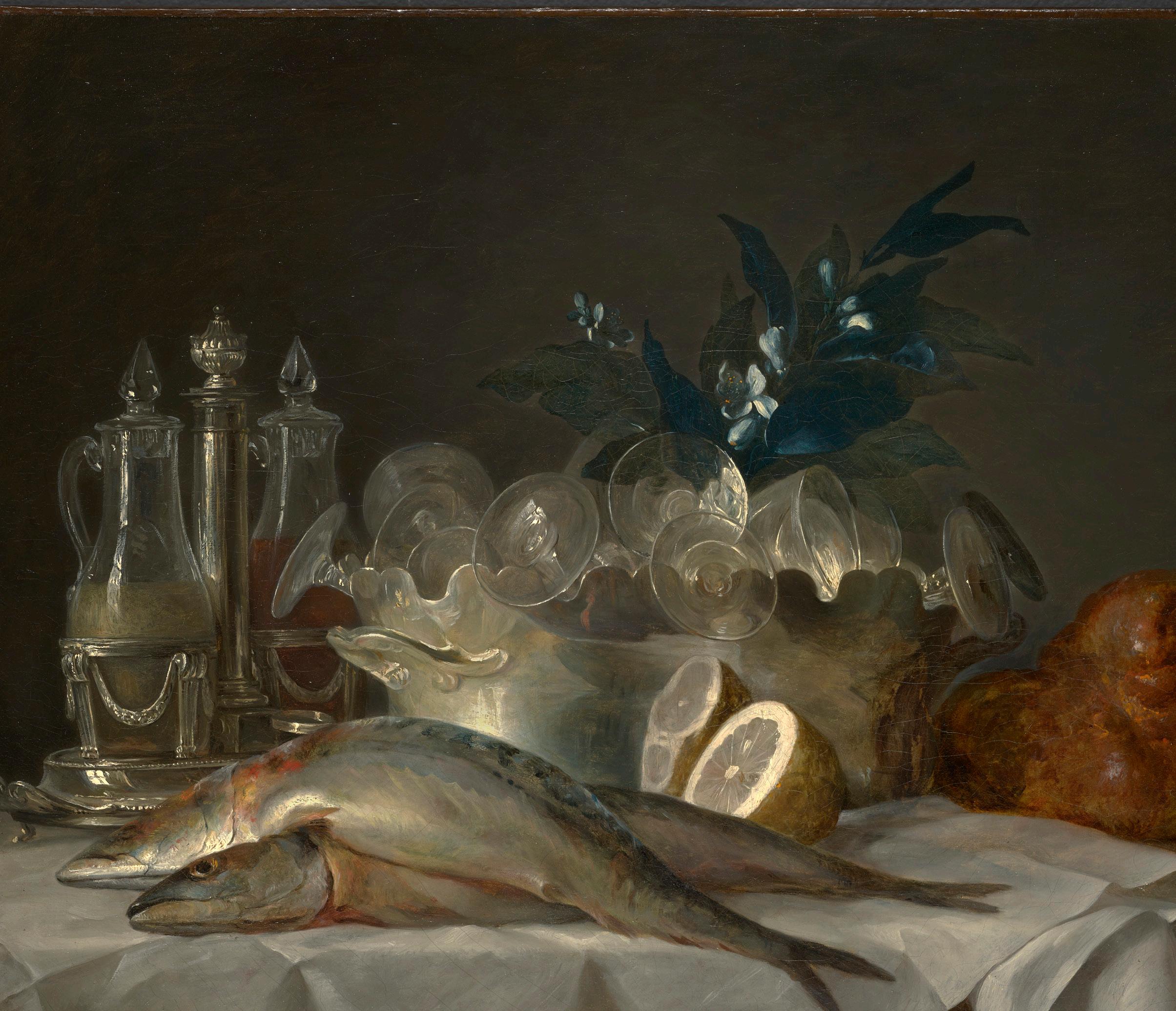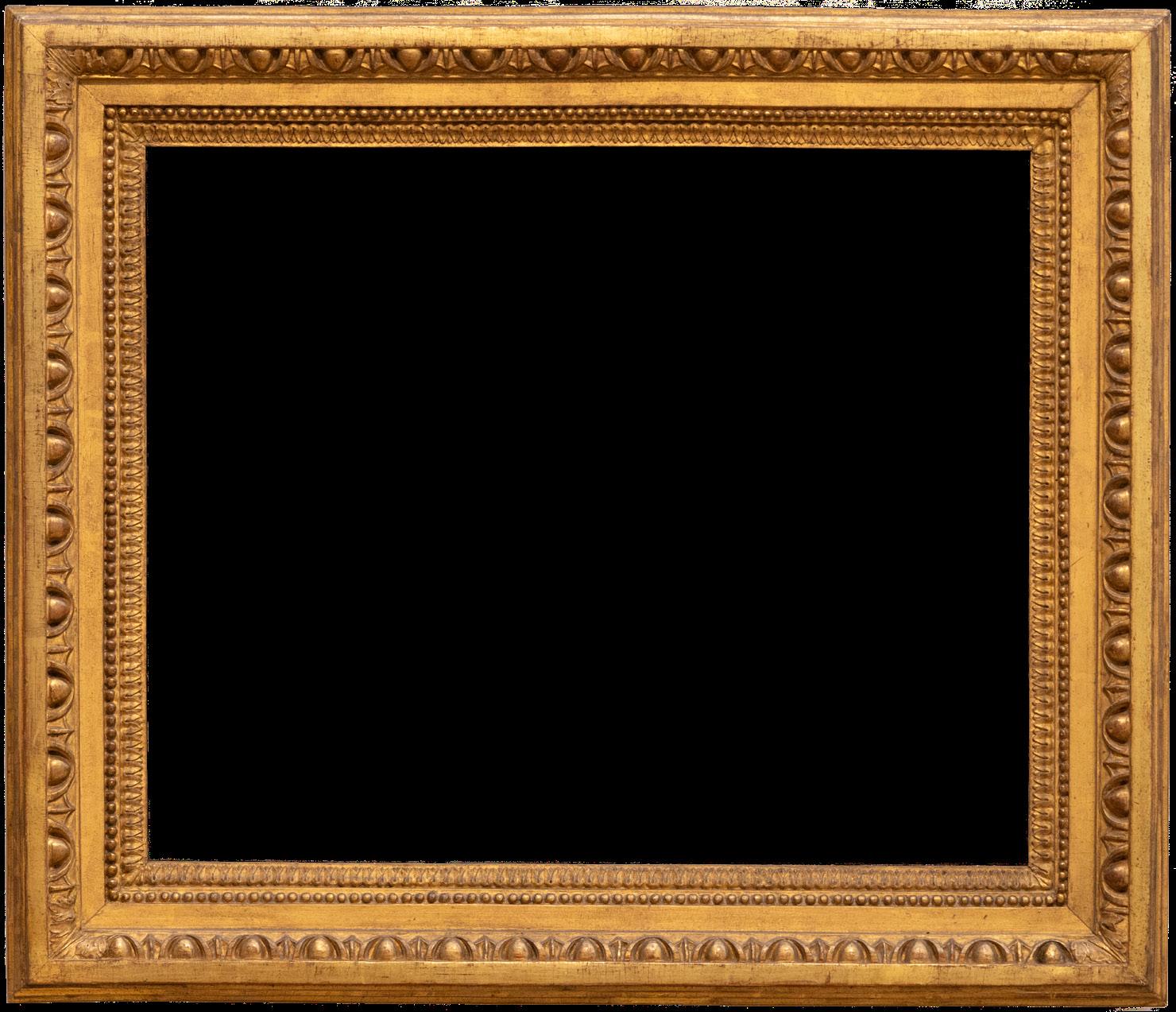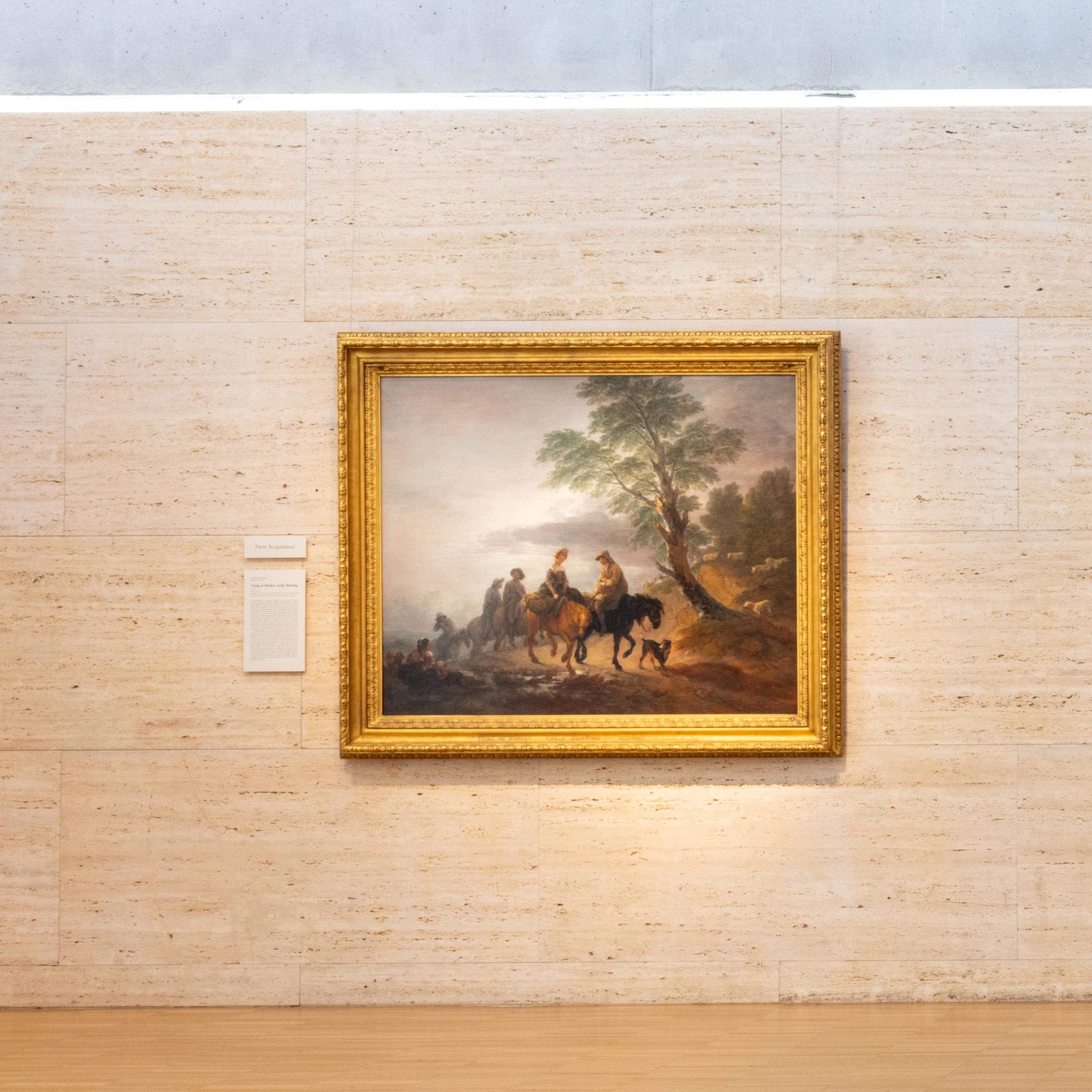LEARNING TO LOOK
A FEAST FOR THE SENSES



Do you like to collect objects with interesting shapes, colors, or textures? What do you notice when you place them together in different arrangements?
At the Kimbell Art Museum, you will find still-life paintings filled with blooming flowers and creepy-crawly insects, delicious-looking fruits and beautiful containers. These pictures combine different textures, colors, and ideas that inspire us to enjoy their beauty and think about their meaning. What will your still life say about you?
An Eye for Details
Discover clever details and magical light effects.
Exploring with Our Senses
What might we see, touch, smell, hear, or taste?
Talent, Hard Work, Success
Learn about the famous French painter Anne Vallayer-Coster.
Springtime Still Life
What do you love about spring? Create a drawing to celebrate the season.
Embroidery
Mackerel
Professional
The art of decorating fabric using a needle to stitch thread or yarn
A fish from the North Atlantic Ocean that has a greenish, blue-striped back and silvery belly
A person who has a job that needs skill, education, or training
Salon Still life
A major art exhibition in Paris where selected artists could show their work to the public
A painting or drawing of an arrangement of objects

The French painter Anne Vallayer-Coster was famous for still lifes that were full of eye-catching color and details. See her initials (“VC”) in the lower right corner? She painted them, along with the number 6, to look like embroidery on a napkin. On the left, the reflection of a window shimmers on a piece of silver. Where else do you see magical light effects?

Let your eyes explore the different objects that have been carefully arranged on the table. What do you notice first? Name the shapes and colors in this still-life painting. Imagine you could touch these objects. How would each one feel? Bumpy, slimy, hard, squishy, smooth? Even the white cloth would have a soft woven texture.
What do your tastebuds say about these ingredients? Plump, fresh fish from the ocean prepared with lemon and oil would make a delicious meal. The lumpy brown shape is a kind of soft, buttery bread called brioche. What favorite beverage would you serve in one of the fancy glasses?
Inhale to imagine the smell of freshly baked bread or the bright scent of lemon. The leafy branch with orange blossoms adds another fragrance to excite our senses.
How would you create this still life? Would you hear the gentle whisper of the cloth being placed on the table? Or the delicate clink of glasses as you place them with chilled water in the silver basin?
In Paris over 200 years ago, there were very few successful professional female artists. But Anne Vallayer-Coster’s hard work and creativity paid off. During her long career, she showed dozens of still lifes at the Salon, the most important public art exhibition in Paris. Her beautiful paintings were purchased by many important people, including Queen Marie Antoinette and Empress Josephine.
Anne Vallayer-Coster’s beautiful still life celebrates the arrival of spring, when fresh mackerel (a type of fish) would appear in Paris markets and on fancy dinner tables. What animals or objects remind you of springtime?
Draw your own still life that shows what you love about spring (or another favorite season).
Kimbell Kids Drop-In Studios
Selected Saturdays, 1–1:45 pm
Pictures and Pages
Selected Tuesdays, 10:30–11:30 am
First Thursday Sketching Tours
Selected Thursdays, 10:30–11:30 am
Ice Cream Sunday Sunday, July 20, 2025
Visit Studio A
Located in the Piano Pavilion
Children (ages 5 and younger) and their favorite adults can play and learn in this sensory-friendly community drop-in space. Free; open during regular museum hours.
Anne Vallayer-Coster, Still Life with Mackerel, 1787, oil on canvas. Kimbell Art Museum
Modern Art and Politics in Germany 1910–1945: Masterworks from the Neue Nationalgalerie, Berlin
March 30–June 22, 2025
Myth and Marble:
Ancient Roman Sculpture from the Torlonia Collection
September 14, 2025–January 25, 2026
Youth education programs are supported by the Lowe Foundation Endowment for Kimbell Kids.
Learning to Look is a free, biannual publication designed for young art lovers. Each issue explores one object from the Kimbell’s permanent collection with engaging graphics, fun facts, and prompts to encourage close looking, personal connections, and creative expression.
Want to receive future Kimbell Kids publications and news?
Scan the code to join our mailing list.

